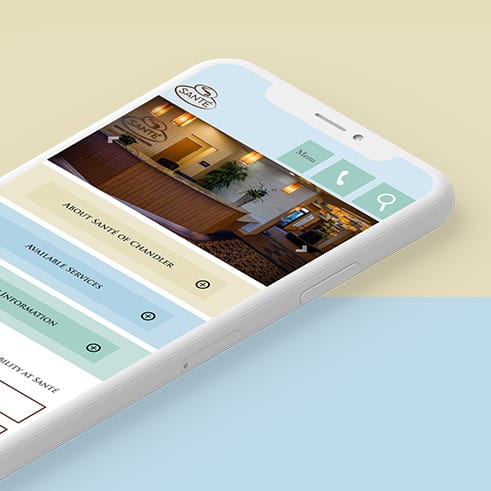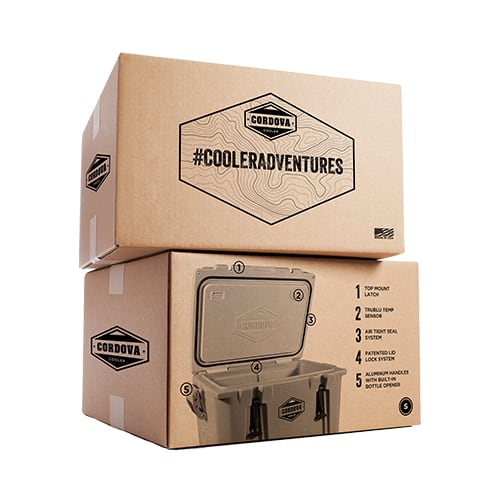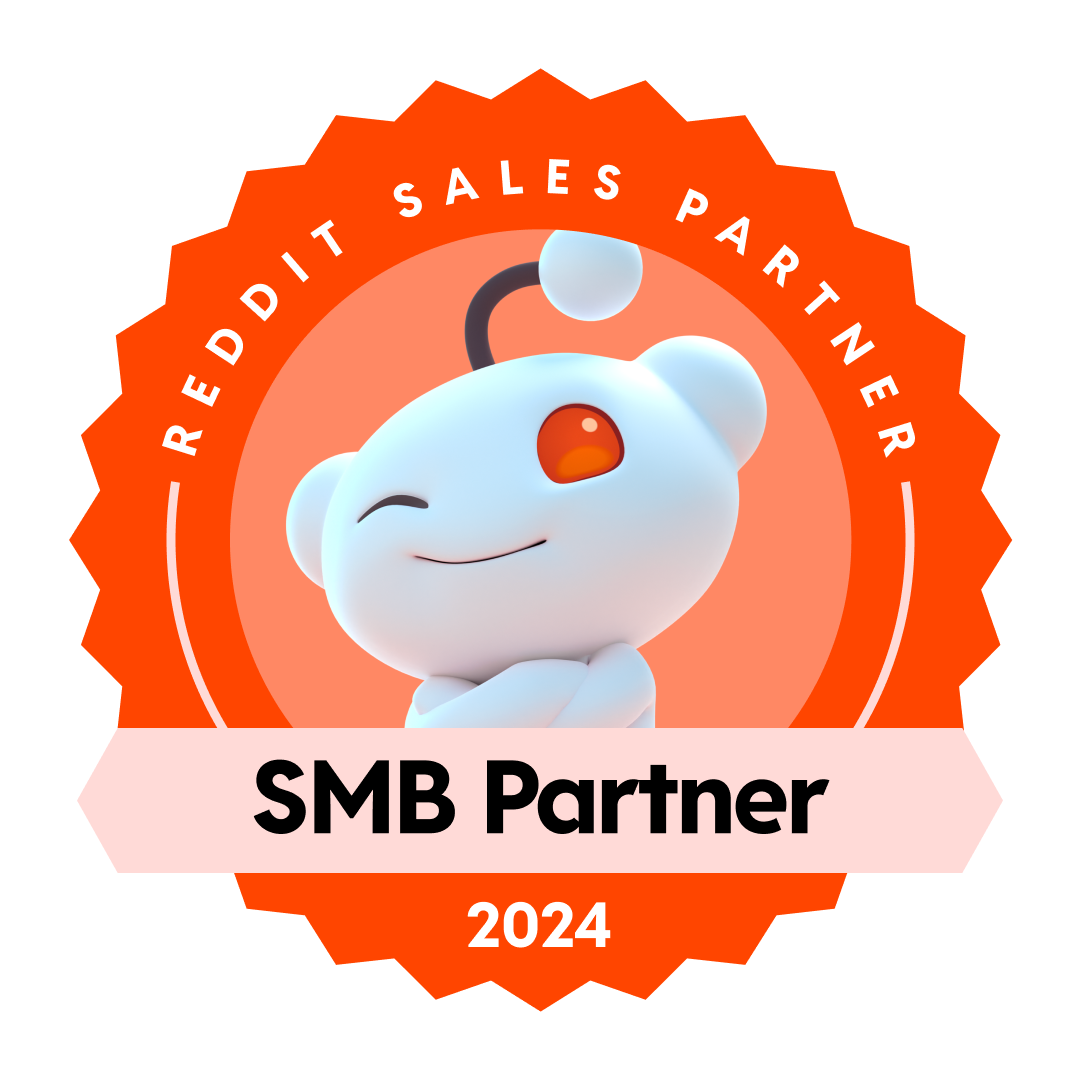In the ever-evolving landscape of digital marketing, reaching your target audience with the right message at the right time is paramount. Enter the drip campaign, a powerful tool that helps brands nurture leads, guide prospects through the sales funnel and ultimately drive conversions. At Commit Agency, we understand that the art of storytelling and strategic communication is key to building lasting relationships with your audience.
What Is a Drip Campaign?
A drip campaign is an automated sequence of pre-written messages sent to your audience over a set period. These messages can take the form of emails, SMS or even push notifications, and are typically triggered by specific actions or timelines. The goal? To nurture leads, provide value and guide recipients closer to making a decision.
Imagine planting a seed and watering it consistently over time. Each drip of water—or in this case, each piece of communication—plays a role in helping the seed grow. In marketing terms, it’s about staying top-of-mind and delivering relevant content until your audience is ready to take action.
How Does It Work?
Drip campaigns rely on automation tools that segment audiences based on behaviors, preferences or demographics. When a user completes an action—like signing up for a newsletter or downloading a resource—it triggers a series of messages tailored to their stage in the sales funnel. Key components include:
- Trigger Events: Actions such as form submissions, abandoned carts or browsing behavior activate the campaign.
- Pre-Designed Content: Messages are crafted in advance and scheduled to be sent at optimal times, which can be enhanced using AI-based predictive sending. Machine learning algorithms analyze user behavior, time zones and engagement patterns to optimize delivery timing.
- Automation Tools: Platforms like Mailchimp, HubSpot and ActiveCampaign manage the process. However, success depends on proper setup and ongoing optimization to avoid errors like duplicate emails or irrelevant triggers.
- Tracking and Adjustment: Metrics like open rates, click-through rates (CTR) and conversions help fine-tune the campaign over time.
Types of Drip Campaigns
Not all drip campaigns are created equal. Depending on your goals, you can implement various types to address different needs:
- Welcome Campaigns: Introduce new subscribers to your brand with a warm welcome and helpful resources.
- Educational Campaigns: Provide in-depth insights or tutorials to position your brand as a thought leader.
- Re-engagement Campaigns: Target inactive users to reignite interest in your products or services.
- Abandoned Cart Campaigns: Encourage customers to complete their purchases with reminders and incentives.
- Upselling or Cross-Selling Campaigns: Highlight complementary products or upgrades based on a user’s purchase history.
Examples tailored to specific industries include:
- E-commerce: Abandoned cart campaigns offering discounts on left-behind items.
- SaaS: Educational campaigns showcasing features and benefits during free trials.
- B2B: Nurturing campaigns with whitepapers and case studies to build credibility.
The Role of Drip Campaigns in the Sales Funnel
A well-crafted drip campaign aligns seamlessly with the stages of the sales funnel:
- Awareness: Attract attention with informative and engaging content that introduces your brand.
- Consideration: Nurture leads by addressing pain points, answering questions and showcasing value.
- Decision: Deliver compelling calls-to-action (CTAs) that encourage conversions, such as purchasing, signing up or booking a consultation.
- Retention: Keep customers engaged post-purchase with follow-ups, loyalty programs and personalized recommendations.
Best Practices for Drip Campaigns
-
- Personalization is Key: Go beyond addressing recipients by name. Use dynamic content blocks and behavior-driven product recommendations to create a tailored experience.
- Optimize for Mobile: Ensure your messages use responsive design, concise subject lines and are tested across devices to guarantee a seamless mobile experience.
- Keep It Concise: Deliver your message clearly and avoid overwhelming your audience with too much information.
- Use Strong CTAs: Guide your audience to the next step with actionable and compelling CTAs.
- Avoid Common Pitfalls:
-
- Overloading recipients with too many emails can lead to email fatigue.
- Failing to optimize for mobile devices can alienate a significant portion of your audience, as a large percentage of emails are opened on mobile platforms.
Timing and KPIs to Track
The timing of your drip campaign can make or break its success. Messages should be sent:
- Immediately After a Trigger Event: Capitalize on interest while it’s fresh.
- Strategically Spaced: Avoid overwhelming your audience by spreading out communication.
- At Optimal Times: AI-driven tools can analyze user behavior to determine the best times for engagement.
Key performance indicators (KPIs) to monitor include:
- Open rates
- Click-through rates (CTR)
- Conversion rates
- Unsubscribe rates
- Spam complaints
- Customer lifetime value (CLV)
- Time-to-conversion
- Revenue generated
Tools to Enhance Drip Campaigns
Several tools can help streamline and enhance your drip campaigns, such as:
- Mailchimp: Ideal for small to medium-sized businesses.
- HubSpot: Comprehensive tools for inbound marketing and automation.
- ActiveCampaign: Focused on personalization and customer experience.
- Klaviyo: Tailored for e-commerce brands.
- Marketo: Robust enterprise-level automation capabilities.
- Omnisend: Popular for multichannel campaigns.
Increasing Conversions with Drip Campaigns
Drip campaigns are a powerful driver of conversions when executed correctly. Personalization, strategic timing, and targeted content create a seamless customer journey. Advanced techniques include:
- Re-engagement Campaigns: Win back inactive customers with exclusive offers or fresh content.
- Abandoned Cart Reminders: Send timely nudges with discounts or free shipping to close the sale.
- Educational Drips: Build trust by educating leads about your products and positioning them as the ideal solution to their problems.
Emerging Trends in Drip Campaigns
Staying ahead means embracing innovation. Here are some trends shaping email marketing in 2025:
- AI-Driven Personalization: Predictive analytics and machine learning enable hyper-personalized content delivery. Algorithms analyze user interactions to tailor both timing and messaging for maximum impact.
- Interactive Emails: Features like quizzes, carousels or embedded videos boost engagement and click-through rates.
Examples of Successful Campaigns
Real-world examples can provide inspiration for your own efforts:
- Trello’s “Twelve Days to Trello” Campaign: A creative onboarding sequence that educated users on the platform’s features while keeping them engaged.
- Kenneth Cole’s Abandoned Cart Recovery Strategy: A well-timed email sequence that offered discounts and reminded users of their intended purchases.
- Spotify’s Personalized Playlists: Behavior-driven recommendations that kept users engaged and returning to the platform.
Drip campaigns are an invaluable part of modern marketing, offering a structured and scalable way to guide your audience through the sales funnel. At Commit Agency, we believe in harnessing the power of data and creativity to create meaningful connections. By understanding your audience, crafting compelling content and leveraging the right tools, you can drive results and nurture lasting relationships.
Ready to elevate your marketing game? Contact us and let’s start building your next drip campaign today.




























